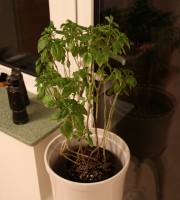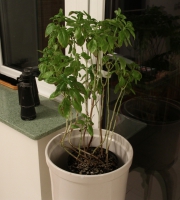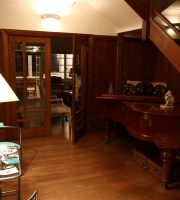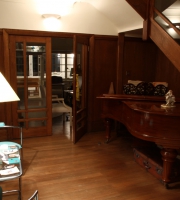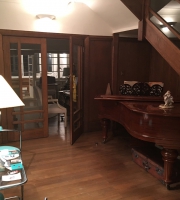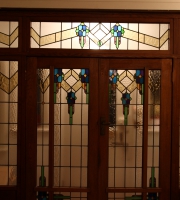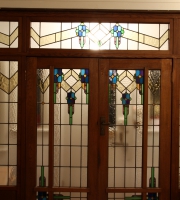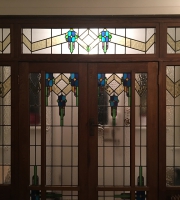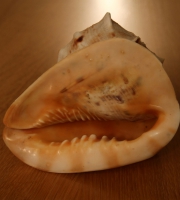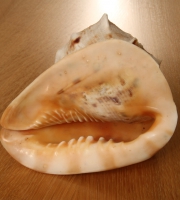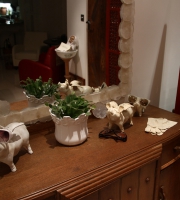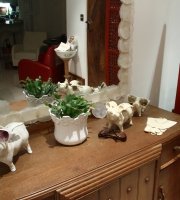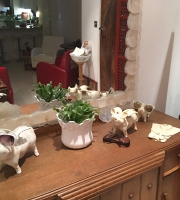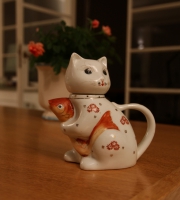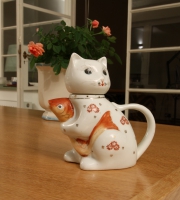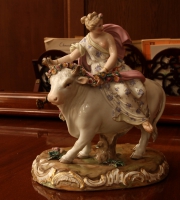A Camera Complex
Testing the 7D in every one of it’s shooting modes and combining these with its catalogue of available customisations would have taken longer than explaining the plot of Inception, hence I decided to focus (ho ho) on what were arguably the three most influential catalysts. Aperture, shutter speed and colour temperature.
The 7D’s “AV” profile allocates priority to the lens’ aperture, generating that palpable sense of perspective so sought after throughout the industry and applied to great effect within every one of its disciplines. Imagine a glittering tumbler ensconced on a Hepplewhite table nestled amongst rich chesterfield burgundy and warm rosewood panels, a roaring log fire illuminating a lining of crystalline cubism and liquid Topaz, single malt whisky on ice in plain English. The flames and furniture, as blurred as lantern light through morning mists, the glass and its contents, as sharp as diamonds in a cloudless sky.
By contrast, “TV” mode reverses the process, narrowing the aperture but allowing the shutter to remain open for longer during each shot, thereby compensating for the loss of light. Interestingly, even this setting was not sufficient to align the Canon’s lucidity with that of the iPhone, a task which eventually required creating a custom profile incorporating all three variables .
The aperture was assigned a value of 1/16, while exposure time or shutter speed resided between 1 and 10 seconds depending on ambient brightness.
Advanced DSLRs such as the 7D, use the “Kelvin” Colour temperature scale as a means of monitoring and verifying ambient light sources so as to accurately calibrate the resulting photographs. This scale ranges from roughly 2000/3000K, for environments saturated in red and orange hues, such as a sun bathed coast or a candle lit interior, up to approximately 7000K for surroundings with abundant blue and violet shades including televisions, neon bulbs and flashes, though not all cameras account for the full spectrum.
Being a consumer class device, the iPhone’s white balance can only be modified by selecting one of the its pre-programmed filters, three of which are black and white. For this test, the option was left on it’s stock value of “none”, which applied elevated levels of blue and green to captured footage. In order to replicate this quirk on the Canon, it was necessary to reduce its colour temperature from a default of 5000K to 2800K, forcing the sensor to detect there were an excessive amount of red and orange tones and readdress the balance artificially by adding blue and green.
Approximately 3 hours of onerous prodding, dialling and tweaking had ensured before this tricky but enriching and entirely self-inflicted challenge was completed. The results failed to foil Mum’s forensic gaze but I was satisfied that my assertion had been proven.
It is with pleasure and anticipation that I now invite you to judge for yourselves and please, don’t ask me which I prefer.






